What’s in a cable? If you believe the audiophile, there’s an awful lot going on in an audio cable. Audiophiles are happy to shell out well over €1000 for an RCA interconnect. They claim to hear a difference with any lead that’s cheaper. But none of these chaps have ever succeeded to pick the expensive cable out of a bunch of cheap ones without knowing which is which.
I own a nice collection of audiophile cables myself, so I more or less know what I’m talking about. I have a Van Den Hul Hybrid, a Supra EFF-I and a QED Reference. They all perform more or less identically. One cable seems to have a bit more to offer in the high frequencies, while the other seems better at the lower end, but sound stage and all the other audio characteristics are pretty much the same between them.
The most expensive cable I have is a Chord Shawline, which costs €98. I’ve heard demos of +€1000 cables, but all ran on different — and very expensive — HiFi equipment, so I couldn’t really tell whether it was the cable that made a difference or the equipment. Ever since I’ve read the analyses by Rod Elliott and Daniel Overgaard Nielsen, who explain in detail why cables can’t do what most manufacturers claim, I’m inclined to think it was the equipment.
Now you could be inclined to surf to Cables UK and buy a pair of £2.49 leads from them because you can’t tell the difference anyway, but I would strongly advise against that, regardless. You actually can tell the difference, but it’s not the difference audiophile magazines would have you believe.
Companies like British Chord Company, Scottish Atlas Cables and Dutch (relative) newcomer RU Connected manufacture their cables to the absolute highest spec. They make sure the finest quality materials are used and in combination with an impeccable assembly, the cables they sell are technically near-perfect or perfect.
And this does translate into better sounding audio.
Cables lose some signal strength (attenuation) as the signal travels from CD-player to amplifier to speaker set. The use of good materials and a tight construction can prevent this from happening.
A serious cable manufacturer makes no wild claims
No serious cable manufacturer will claim his expensive cables are ‘bright’ or ‘sweet’ or ‘spacious’ — or worse yet, ‘brighter’, ‘sweeter’, ‘more spacious’ than others.
A cable of €3500 most probably (at least, we hope so!) has been made with care, but the same can be said of a €25 cable. That is something I could experience myself when I tried out the RU Connected cable. This Dutch company keeps its prices to an absolutely minimal level by avoiding import firms, distributors, flagship stores, dealer agreements, posh packing materials and expensive marketing campaigns.
Instead, they run a “bare” web store. The investments go to the quality of the cables. And that results in well-built products using the best materials an audiophile could possibly crave for.
Professor of digital signal processing at the University of Manchester’s School of Electrical and Electronic Engineering Patrick Gaydecki said in an article on the Telegraph website: “Good cables should transmit all frequencies at the same magnitude they were generated, otherwise they may distort the sound. To achieve this you need a very good conductor — often touted by cable manufacturers as the reason for using extremely high-purity copper and various exotic or expensive alloys for conductors.”
Luckily for audiophiles without deep pockets, high-quality, highly conductive copper is cheap to produce.
And so we are back with RU Connected. Could I hear a difference between the RU Connected leads and the Chord Shawline cable? Unfortunately for Chord, I couldn’t — not for a split second, I couldn’t. On close, visual inspection, the RU Connected cables was well-built — not at all as the QED, of which one day one of the plugs just fell off.
But the RU Connected Analogue RCA cable, as well as the Chord Shawline, are made to high specs, with highly conductive cores, good isolation and shielding and the connectors not welded but shrunk-on and — in the case of the RU Connected — cast in PVC to ensure a strong binding to the cable core.


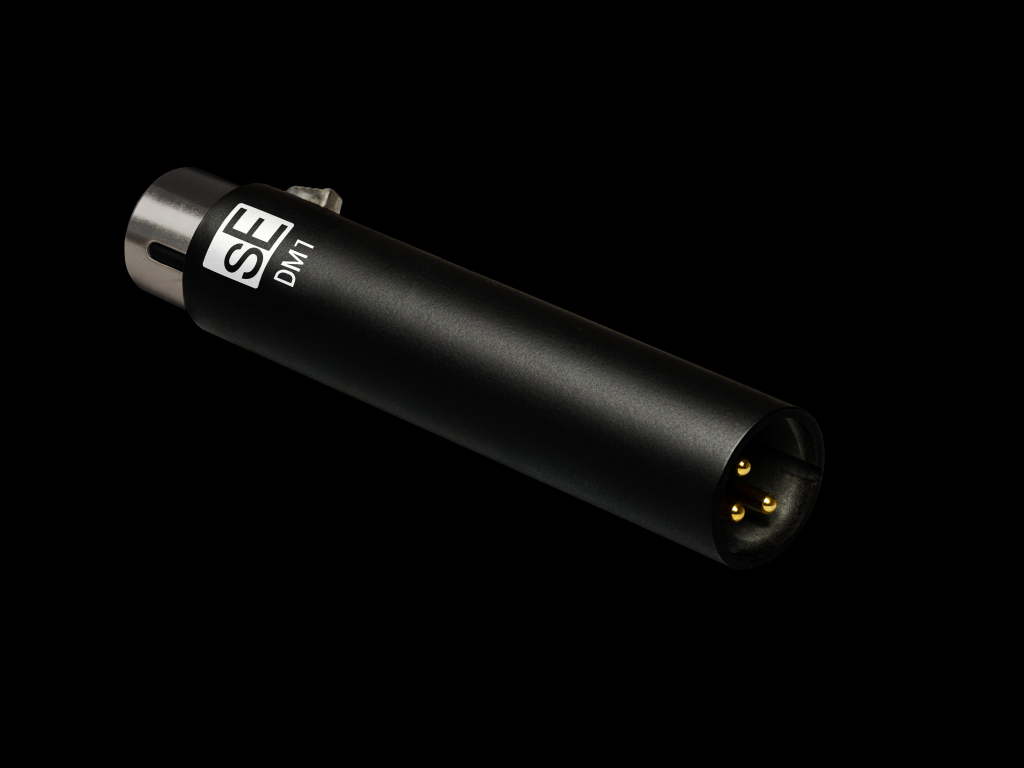
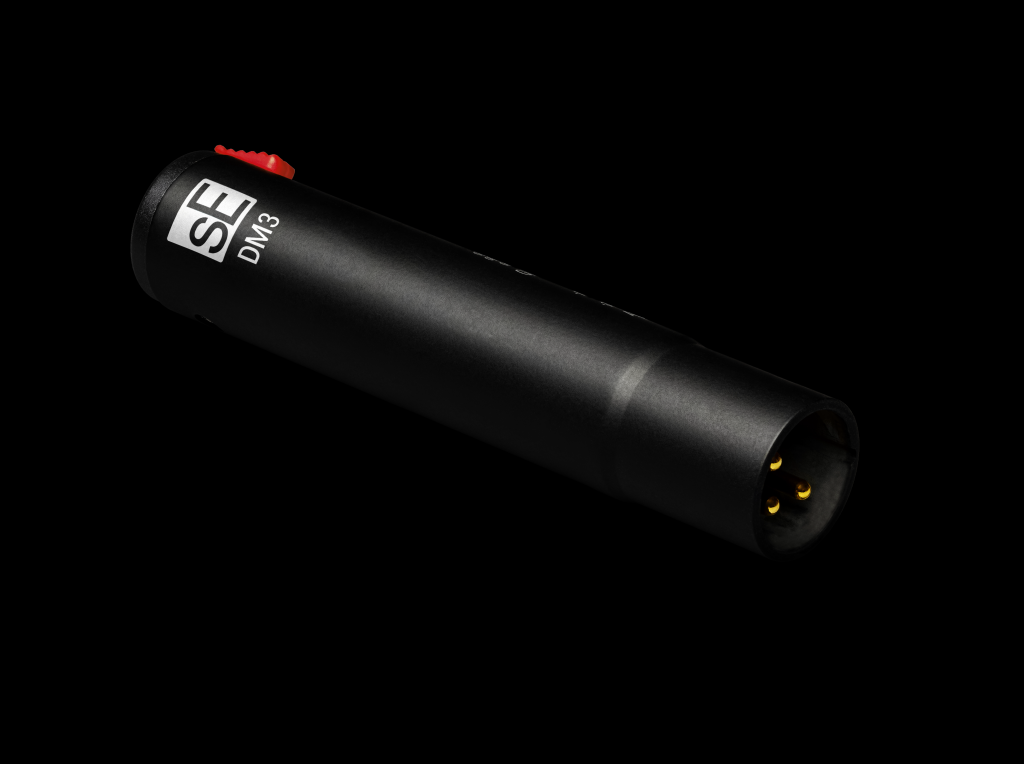
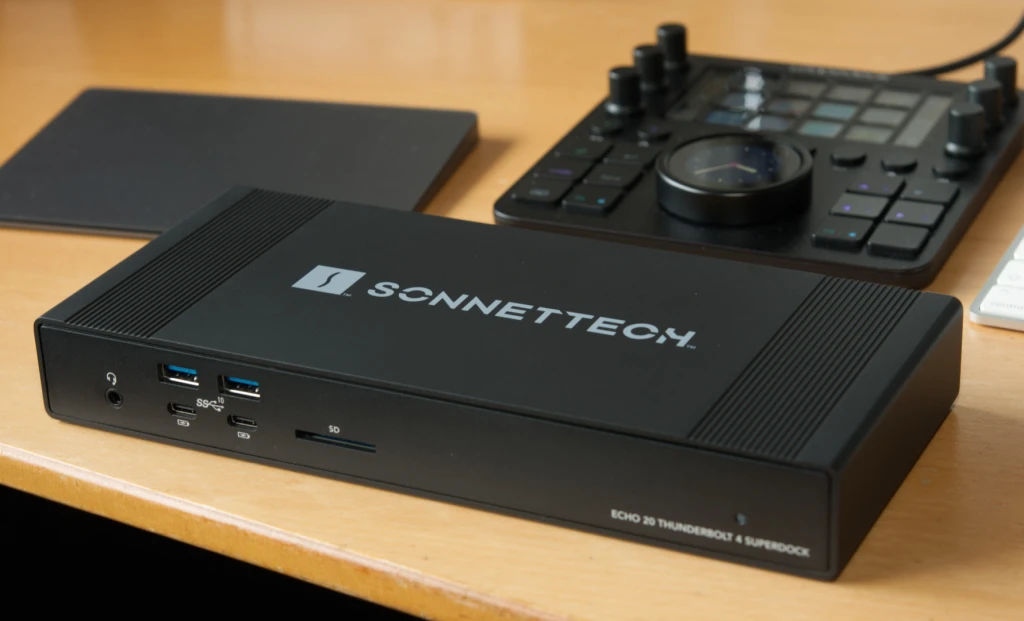
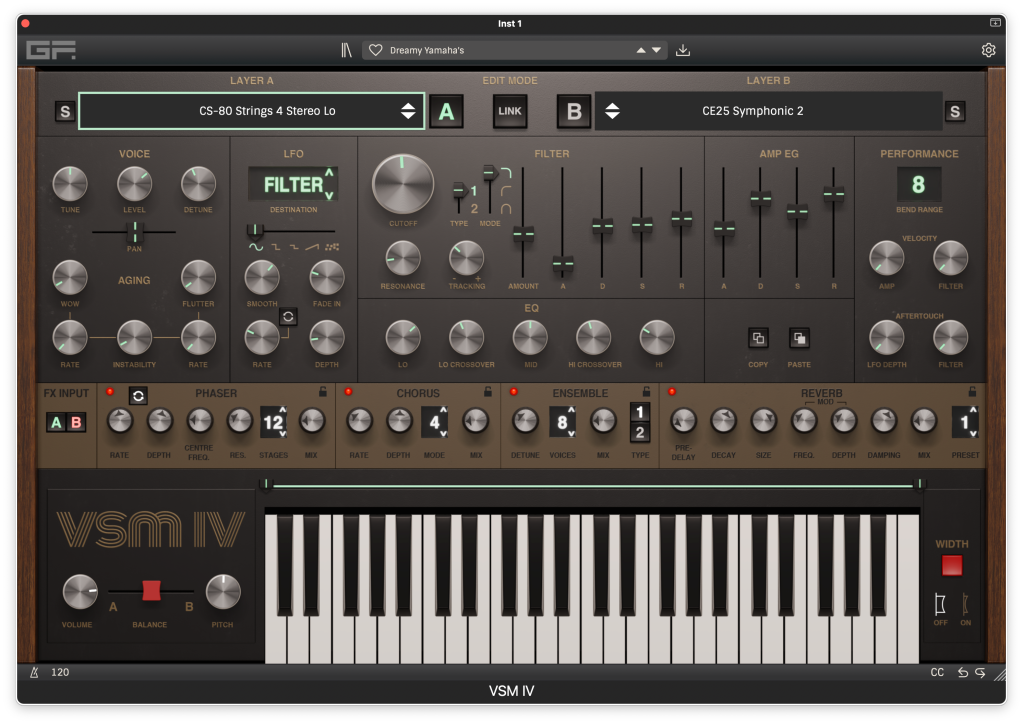
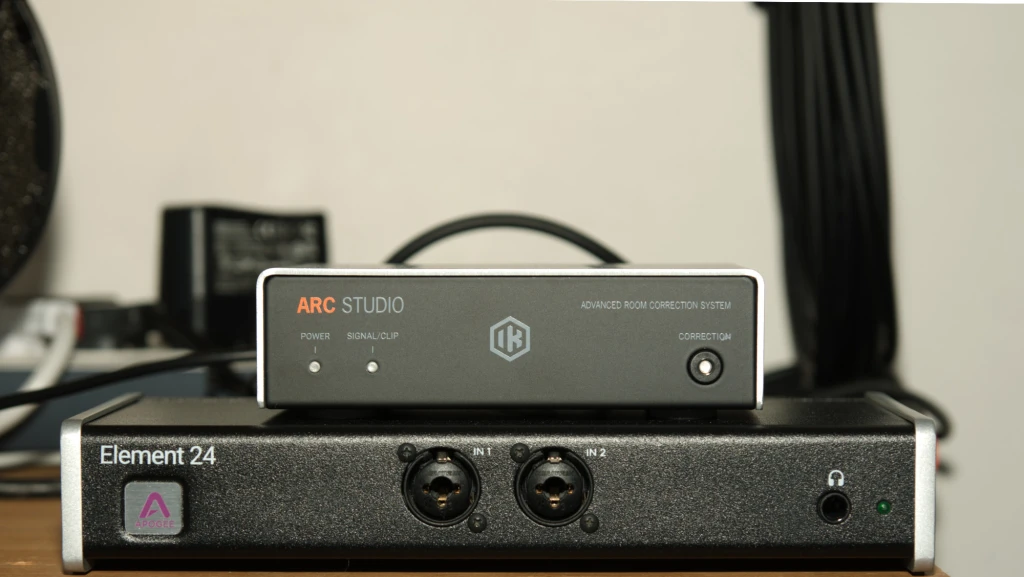
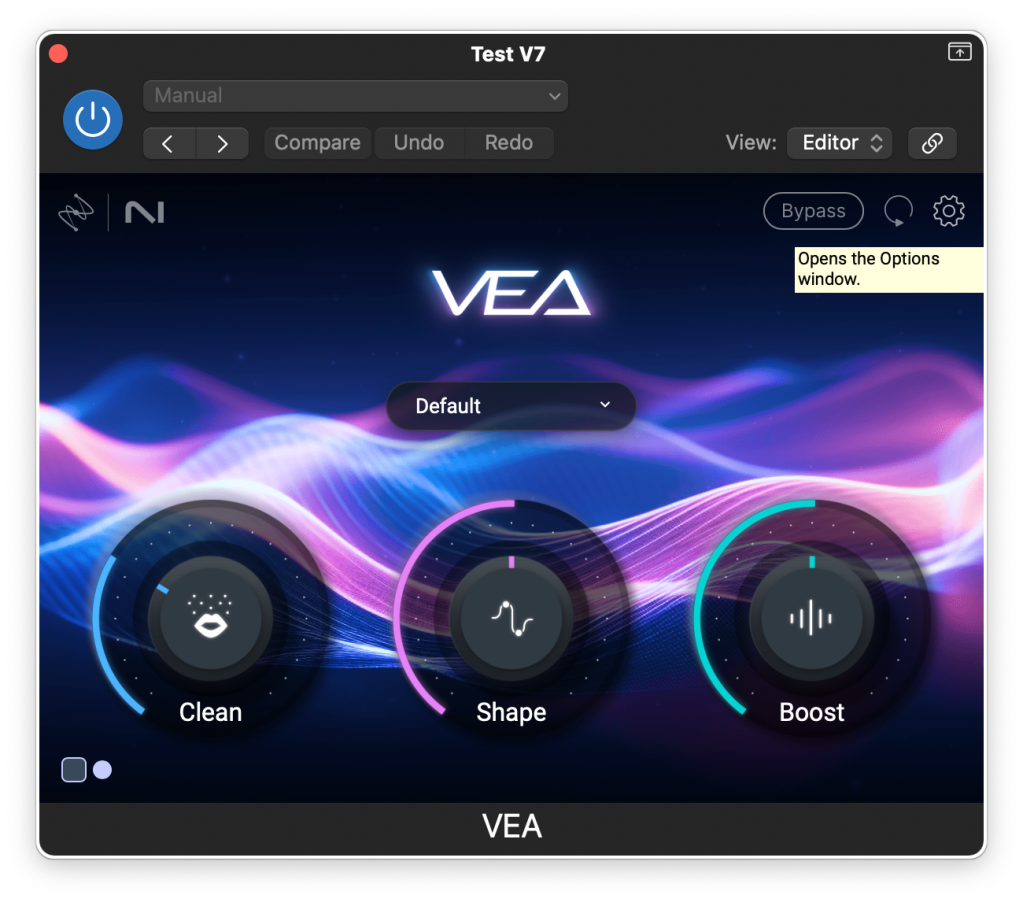
One response to “Audiophiles should try the RU Connected RCA interconnect”
[…] influences as analogue interconnects such as the RU Connected RCA cable, which I reviewed here. The only real problem that could occur is a reflection of the signal bouncing back from the end of […]
LikeLike